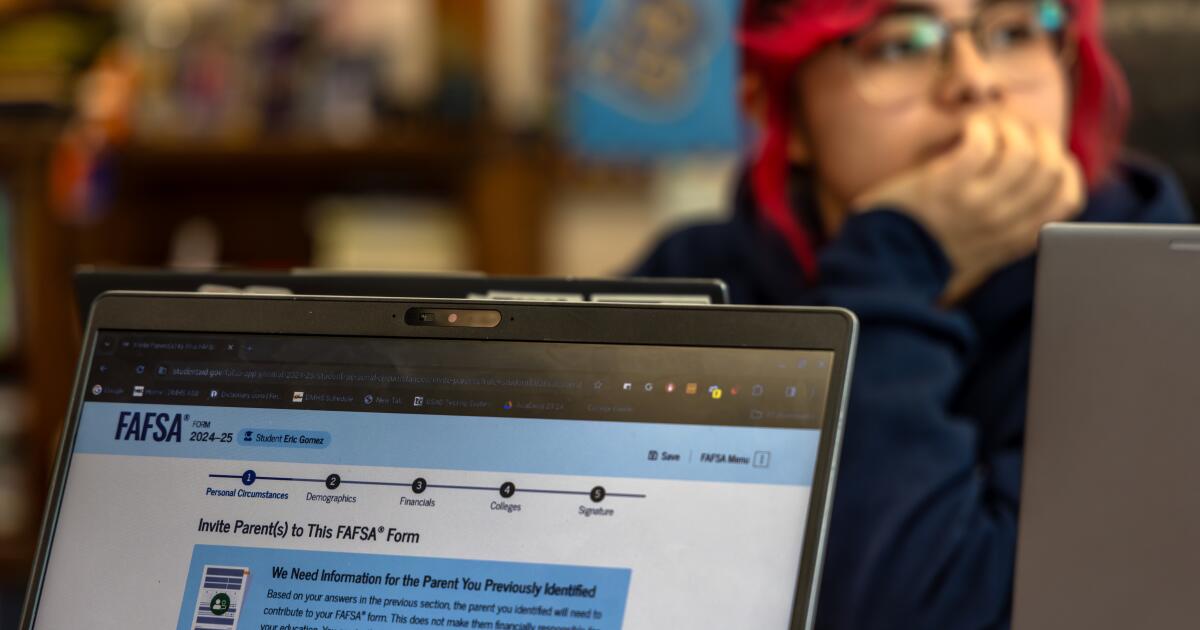
California’s new high school requirement: Balance a checkbook, manage credit, avoid scams
LA TimesA woman uses an ATM. “Financial literacy instruction could be included within that larger preexisting economics course without further cluttering the class schedule for high school students — and reducing their ability to take an elective course or a course of interest to them, which this new bill will do.” The final version of the bill attempts to speak to this concern, according to a legislative analysis, by allowing students to substitute personal finance in place of the one-semester course in economics. “If they have that, then there’s little mystery in personal finance.” Several students liked the subject matter, but Angelica Gonzalez, who just graduated from Rancho Dominguez Preparatory School, said, “It should just be based on what the student wants, not what the student has to do in order to graduate.” As an elective, “a course in financial literacy is more of a necessity than other electives, such as leadership.” Often students value “how easy an elective is rather than what the elective actually has in its course,” she said. “There’s a wealth of data about the benefits of learning these valuable lessons in high school, from improving credit scores and reducing default rates to increasing the likelihood that our future generations will maintain three months of savings for emergencies and have at least one kind of retirement account.” “Ensuring our students have the skills and knowledge to thrive is paramount to California’s continued success,” said Assembly Speaker Robert Rivas. In an earlier analysis, the Center for Financial Literacy at Champlain College gave California an F in the topic: “Personal finance is not included in the graduation requirements, either as a stand-alone course or embedded in another course, and schools are not required to offer financial literacy courses.” Researchers gave California some credit because the state education department offers “a robust list of financial literacy resources.” In addition, the state’s CalMoneySmart program provides annual grants of up to $200,000 to nonprofit organizations to “provide financial education and financial empowerment programs and services for unbanked and underbanked Californians.” A report by the consulting firm Tyton Partners concluded that the lifetime benefit for California students of taking a one-semester high school personal finance course is $127,000 — although such figures are hard to prove and ultimately abstract to the real-world experience of young adults.
History of this topic

Financial Literacy: A Crucial Element for Shaping Future Generations in India
India Today
Momentum is building to require California high schoolers to learn how to manage money
LA Times
International Literacy Day 2023: Why aim for your children’s financial literacy early in life?
Live Mint
Complaints from youngest borrowers soar amid calls for greater financial education
The Independent
Are financial literacy programs essential for our education system?
India TodayDiscover Related






































